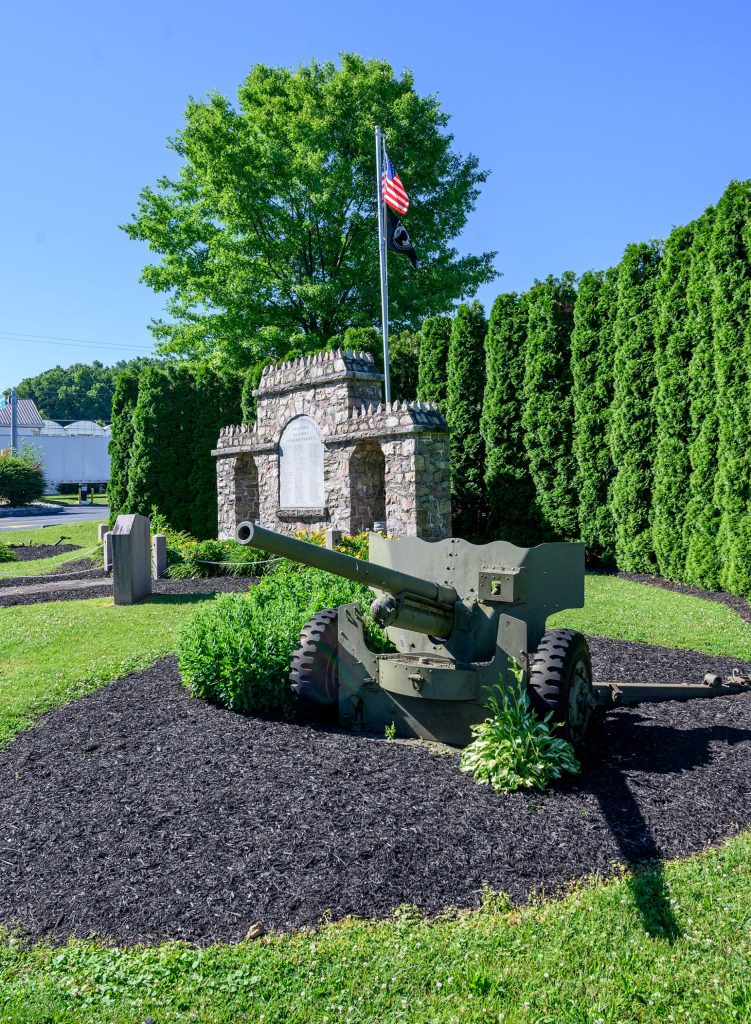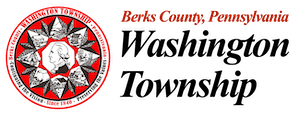Continuing the Vision
Preserving the Values
“……the settlers had a vision. A vision to preserve the best of what they had learned. A vision to pass on to the next generations their convictions and courage. This vision caused them to believe things could be different here. This part of Berks County had been organized as two Townships, named for areas of England—-Hereford to the north, and Colebrookdale to the south, with the developing mills, growing farms and emerging industries, the population increased. More roads were needed by the communities to connect them to other areas of the Commonwealth and to get their products to the market. To enable local government to meet these emerging needs, a petition was drafted in 1839. An appeal was made to Berks County for the formation of an additional new township.
In honor of and respect for the first President of this young nation. . . . a new name was given to the area. In 1840 Washington Township was born. The vision that brought the first settlers to these wooded hills and watered valleys now became their own organized community.
Here rights and liberties were guaranteed by a Constitution. Here a language could be maintained. Here was a land to call home to preserve for the next generations.”
Continuing the Vision/Preserving the Values
Copyright 1990 Washington Township Historical Committee
The Beginning
1700’s to early 1900’s
From the beginning citizen involvement has been the basis for economic prosperity and a vision for the future.
In the mid 1700’s a thriving local economy was started based on the mining, smelting, and forging of iron ore and farming the surrounding area. The two industries enjoyed a mutual co-existence–farms provided food for the labor needed in the iron industry and the products of the iron industry made the farms more productive.
Watered-power mills were built to process the grain and lumber products (Himmelwright’s Mill, Anthony’s Mill, Latshaw Mill, Eshbach Sawmill etc.)and forges (Dale Forge, Rush Forge, Mount Pleasant Furnace, etc.) were built to process iron ore.
Roads were built to transport the products from the farms, mills, and forges. Old Route 100 still exists today as a symbol of the original road that was the backbone of original industries. By 1840–the year the Township began–changes were beginning to happen–farms were growing larger and methods were becoming more progressive. The McCormick reaper could now bundle grain as well as cut it and the new steel John Deere self-cleaning plow was developed. Charcoal for the iron processing was getting scarce. Coal replaced wood as fuel for the new foundries which were located closer to major rivers. The road network expanded. Change had come……Washington Township met the challenge!
Early 1900’s—–Electricity brings more changes–the advent of electricity brought further change–bottling of milk, meat plants and the Barto Pumping Station of the Tuscorara Oil Pipeline. The Barto Post Office begins to serve three rural routes for home delivery, the Mountain Telephone company was started by Harvey Kemp, three automobile dealerships started in the Township.
The Township Now
Today only a handful of farms operate, the mills are closed and the iron industry is completely gone yet Washington Township still thrives primarily as a prime residential community with an ever increasing population located in the primary corridor between more urbanized areas of Pennsylvania-Lehigh Valley to the north, Philadelphia to the south, and Reading to the west.
With the continued development of farmland into residential and commercial development, come increasing challenges in land planning and resource uses.
Change is here…….Washington Township will meet the challenge……as our ancestors did, so we will face the future “Continuing the Vision and Preserving the Values”.
World War II Memorial
Washington Township World War II Memorial and the Memorial to Veterans of All Wars
Located near the intersection of Barto Road and Route 100, the memorials pay tribute to the Township residents who have served our country in the armed forces.




